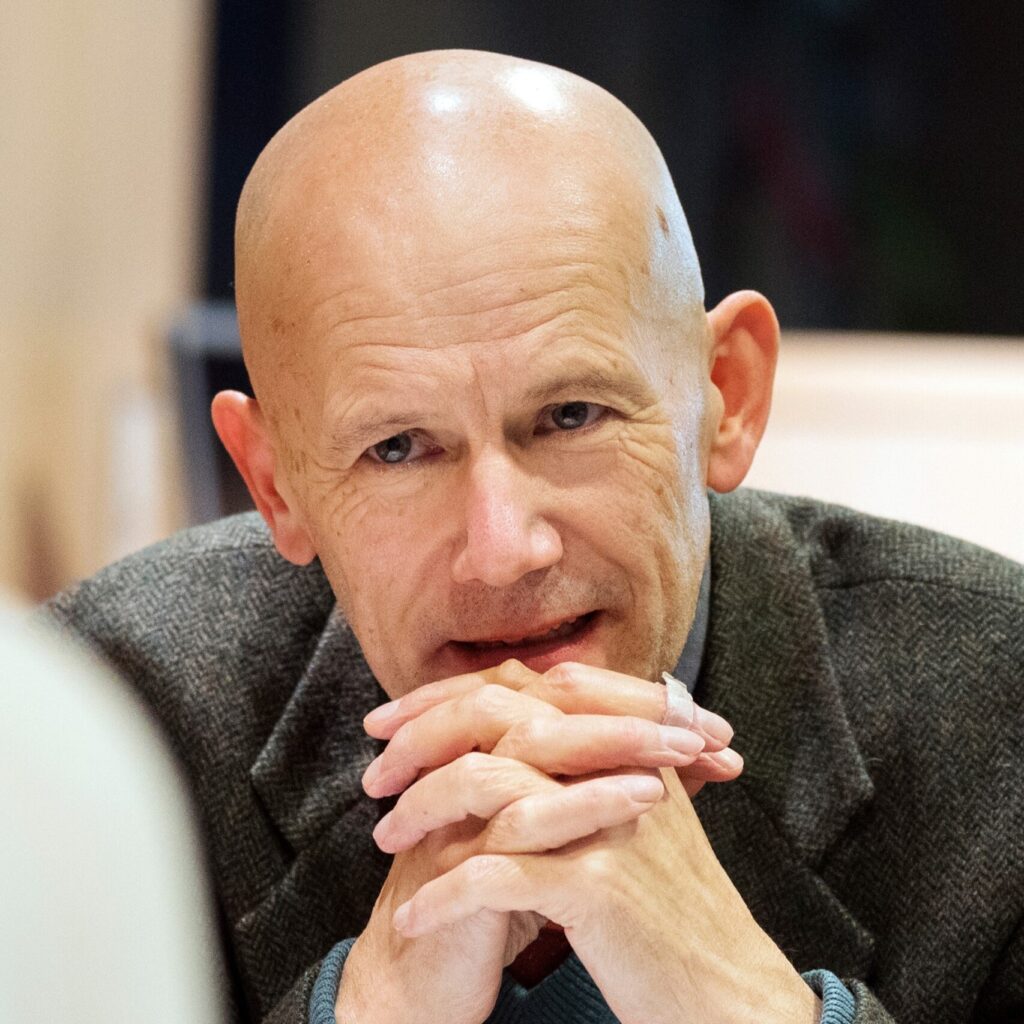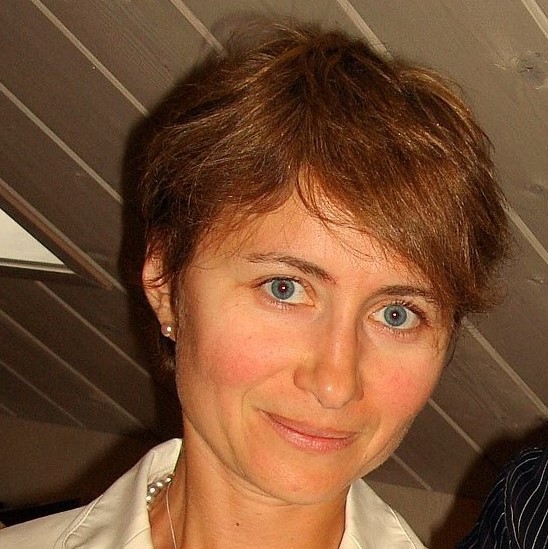14 July 2021
9 questions on lack of daylight and illness
The Daylight Awareness Week took place online from the 25 to 27 May 2021 and was a great succes thanks to the captivating presentations and the lively exchanges with the audience. During these three days, we gained many exciting insights into multidisciplinary topics around daylight, and were given food for thought. Day 2 focused on the lack of daylight and illness. If you missed the event, you can watch it below. The audience had many exciting questions and some could already be answered during the event. As many more came up, we decided to forward them to the speakers and we are very happy to share their answers with you in this post. Enjoy the reading!
Could you explain how bad lighting conditions affect the eye physiology that can cause myopia?
It is thought that light is involved in protecting against myopia. But more research is needed to prove this; and to understand how it could affect the physiology of the eye. Equally, more needs to be done to identify what constitutes bad lighting where myopia is concerned.
How do we know that daylight plays a role in preventing the development of myopia and not rather the alternance between close and far vision?
That is a question that continues to be debated. Currently the best-established theory, which is supported in both animal and human studies, is that higher illuminance outdoors protects against myopia. But there are probably many other factors involved in the onset and progression of the condition. The way eyes are used outdoors could be important in preventing myopia.
If daylight is not always possible, can eye exercises (20/20/20 rule) help to slow the progression or even reverse some effects of myopia?
Resting the eyes is important. Research has been published on this. It’s probably best to rest them outdoors or, at least, somewhere with a view from a window. Schools used to be built with windows which were low enough for children sitting at their desks to be able to look out and rest their eyes periodically. Rest may be even more important where there’s no daylight.
Have the current classroom technologies of having overhead projectors while window blinds being closed and low light level adding to the problem of vision/myopia? Can this also be problematic at the university levels?
It used to be a common belief that reading at low light levels harmed vision. But research in this area was, and is, very limited. According to some studies digital technologies are making myopia more of a problem. Again, only a small amount of research has been carried out on this. But myopia can certainly get worse at university just as it does in schools.
What is the level of horizontal Lux that should enter in our eyes and for how long in a day when working from home?
The intensity, the spectrum and duration of light exposure required to prevent myopia is not known. So, there is no sound basis for recommendations on indoor lighting conditions. We do know that time outdoors protects against myopia. And, at one time, high daylight levels indoors were believed to be protective. There was little scientific basis for this. But it was thought to be a sensible precaution in schools. This is now being investigated scientifically.
How can you measure your chronotype?
Look for the Morningness-eveningness questionnaire (MEQ), or the Munich ChronoType questionnaire (MCTQ). Beyond the questionnaires, you may simply ask yourself about your sleep habits on free days, when you are on holiday and do not need to put the alarm clock. Do you like to wake up early and go to bed early, or do you prefer to sleep late morning and to be active late at night? The answers to these questions will give you a fair indication whether you are a morning or evening type of person.
Are functions like ‘night shift’ (or night mode) on smartphones really helpful?
They are helpful, however the healthiest option is still completely avoiding looking at your smartphone during the night hours. Minimizing light sources at night is a healthy habit, since even dim light pulses may give a signal to your central clock that is situated in the brain that the activity phase begins and thus give wrong signals to the body physiological processes.
What is the difference between the day/night synchronization and seasonal cycles and how does it manifest in our bodies?
Both day/night and seasonal cycles help our body to better adapt to the environmental cues by anticipating the environmental changes. Day/night synchronization is governed by intrinsic circadian system, whereas seasonal cycles are sensed by melatonin. Circadian system and light govern secretion of melatonin which in turn regulates circadian clock, allowing both systems to synchronize to each other. One of the striking manifestations of day/night cycle is jet lag – few days of a delay that reflect adaptation time of our intrinsic clocks to the new time zone after travel through several time zones.
Do you notice an association between diabetes 2 and late type chronotype behaviors (not only disrupted ones)?
There have been reports in this sense indeed. In our latest (unpublished, work in progress) study, we do not see such correlation. Let’s say that the issue is still debated.


Another essential reason to change to solar technology may be the cost benefits it gives. Solar power panels can handle generating electricity for businesses, reducing or eliminating the necessity for traditional types of energy. This may lead to significant savings on energy bills, particularly in areas with a high energy costs. Furthermore, there are many government incentives and tax credits offered to businesses that adopt solar technology, rendering it much more cost-effective and affordable.
The technology behind solar power is relatively simple, yet highly effective. Solar power panels are made of photovoltaic (PV) cells, which convert sunlight into electricity. This electricity may then be kept in batteries or fed directly into the electrical grid, according to the specific system design. So that you can maximize the many benefits of solar power, you will need to design a custom system that is tailored to your specific energy needs and requirements. This will make sure that you have the proper components set up, such as the appropriate amount of solar panel systems plus the right types of batteries, to optimize your power efficiency and value savings.
[url=https://forum.horrorstab.com/forums/argomento/clean-energy-a-principal-motivator-for-scientific-progress-by-matt-dagati/]The importance of solar installation services in Haverhill by Matthew dagati.[/url]